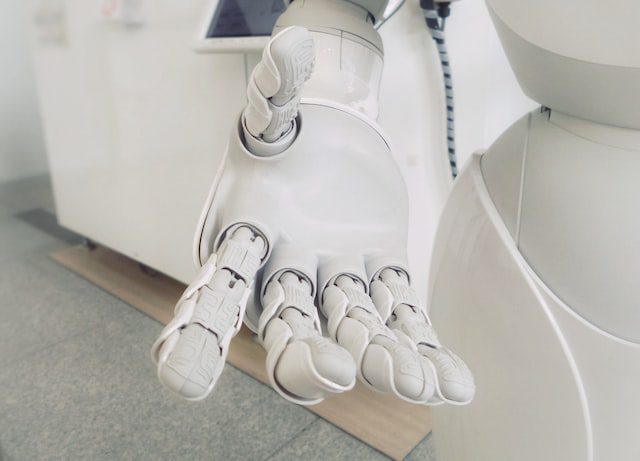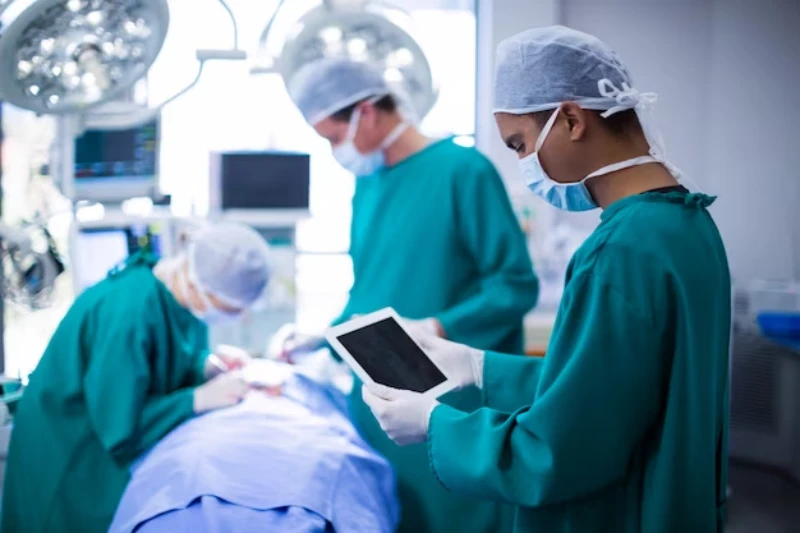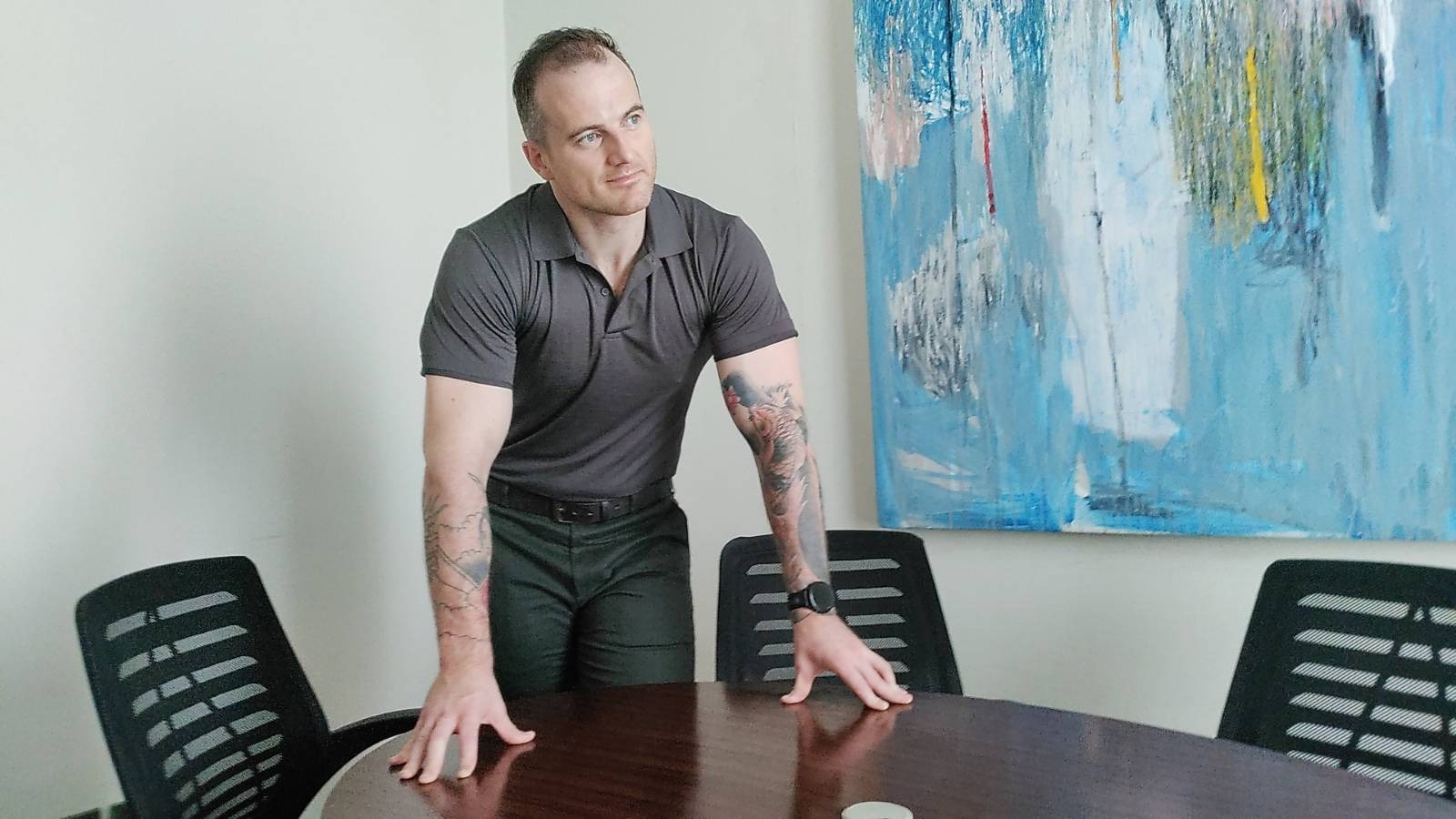
Robotics has the potential to redefine healthcare. With an ageing population and a shortage of healthcare professionals, robots could play an important role in providing care.
There are already a number of applications for robotics in healthcare, including surgery, rehabilitation, and nursing care. In the future, robots could be used even more extensively to provide assistance with tasks such as bathing, dressing, and feeding patients. They could also be used to transport patients or deliver medications.
Benefits of robotics
One of the benefits of using robots in healthcare is that they can help to reduce the spread of infection. Robots can be equipped with ultraviolet light or other disinfection methods to clean surfaces and equipment. They can also be used to handle hazardous materials such as sharps disposal.
Another advantage is that robots can help to improve patient safety by reducing human errors. For example, robotic pharmacy dispensing systems have been shown to reduce medication errors by up to 85%.
In addition, robotic surgical systems can help surgeons avoid mistakes by providing them with real-time data and guidance.
The benefits of robotics in healthcare are clear. With the ability to reduce errors, improve safety, and provide better care, robots could play a vital role in the future of healthcare.
The following are a few applications of robotics in healthcare:
Surgery
Robots have been used in surgery for over two decades now. They help surgeons by giving them a better view of the operative field and allowing them to work with greater precision. In addition, robotic surgical systems can help reduce surgical complications and patient recovery times.
Rehabilitation
Robots are being used more and more in physical therapy and rehabilitation. They can provide patients with personalized exercises that are tailored to their specific needs. In addition, robots can motivate patients to keep doing their exercises by providing feedback and positive reinforcement.
Nursing care
It is also starting to be used in nursing care, such as assisting with bathing, dressing, and feeding patients. For example, there are now robot-assisted devices that can help people who have difficulty using their hands to bathe themselves or brush their teeth.
These devices can also be used to transport patients from one place to another within a hospital or nursing home.
Pharmacy dispensing
Together with artificial intelligence and machine learning, automated pharmacy dispensing systems that use robotics have been shown to reduce medication errors by up to 85%. These systems can dispense the correct medications quickly and efficiently so that nurses and pharmacists can focus on other tasks.
Transport
Robotics can also be used to transport patients or deliver medications within a hospital. For example, there are now robots that can deliver meals to patients’ rooms or transport them to different parts of the hospital for appointments.
Hazardous materials
Robots can be equipped with ultraviolet light or other disinfection methods to clean surfaces and equipment. They can also be used to handle hazardous materials, such as sharps disposal.
Ensuring patient safety
Robotics can help to improve patient safety by reducing human errors. In addition, robotic surgical systems can help surgeons avoid mistakes by providing them with real-time data and guidance.
In the future, robotics will become increasingly portable and affordable so that more people will have access to them. As they become more widely available, it is likely that their use will continue to grow in healthcare and other industries.





